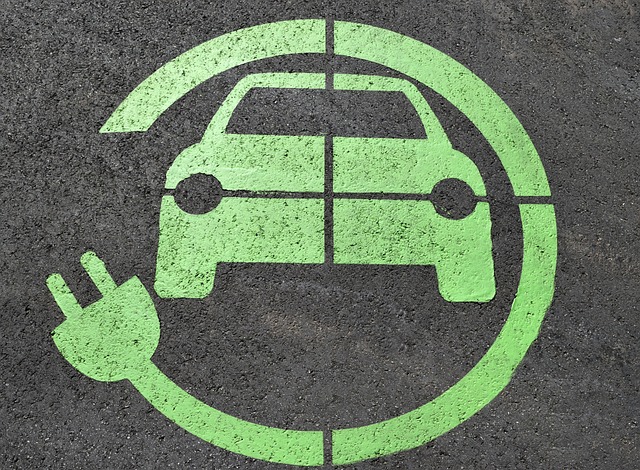Timothy Albrite
The Energy and Petroleum Regulatory Authority (EPRA) released comprehensive guidelines for the establishment and operation of electric vehicle (EV) charging and battery swapping stations. The guidelines, unveiled in Nairobi by Energy Cabinet Davis Chirchir, represent a significant step in the regulation of public and private EV charging infrastructure.
Notably, any individual or entity looking to install public charging stations must first apply for an electricity retail supply license from EPRA.
“Part of what these guidelines aim to achieve is making it easier for consumers to comfortably charge their electric vehicles in their homes. Let us continue to work together—government, industry, civil society, media and the international community—to accelerate the adoption of electric mobility and renewable energy solutions. Our collective efforts will not only reduce emissions but also create economic opportunities and improve the quality of life for our people,” the CS said.
Charging Point Operators/Owners must ensure that their workforce is appropriately licensed, certified, and trained to guarantee the safe installation, operation, and maintenance of chargers.
Public charging stations (PCS) will be commissioned after inspection, testing, and the issuance of a completion certificate by a licensed electrical contractor/inspector. All charging points must meet certification and type-approval standards set by KEBS or other accredited agencies to ensure quality and safety.
Private charging infrastructure Requirements
The guidelines also cater to private charging points at residences and offices. These locations can operate without meeting the minimum public charging infrastructure requirements outlined in the guidelines, provided they are for non-commercial use by individual EV owners.
Captive charging infrastructure exclusively for a company’s internal fleet will not require tie-ups with external e-Mobility Service Providers (e-MSPs). These setups can tailor their charging specifications to suit their in-house needs.
Like public infrastructure, private charging points must undergo inspection, and testing, and obtain a completion certificate from a licensed electrical contractor/inspector. Separate metering arrangements must be in place for accurate billing based on applicable tariffs.
Battery Swapping Stations Requirements
Battery Swapping Stations are a pivotal component of Kenya’s EV ecosystem. The guidelines dictate that these stations must provide adequate space for both charging and battery-swapping operations.
Safety takes precedence, with battery monitoring systems (BMS) being mandatory for efficient monitoring, data analysis, and protection against conditions such as thermal runaway. Swappable batteries must feature advanced capabilities, including IoT-based monitoring and immobilization, ensuring both safety and security.
Traceability is ensured through a Unique Identification Number (UIN) assigned during manufacturing. This tamper-proof system allows for centralized monitoring and is subject to approval by relevant authorities. Usage history and performance data of batteries with UINs must be maintained throughout their lifecycle.
Each Battery Swapping Station is assigned a UIN, and both the batteries and charging infrastructure must adhere to safety standards developed or approved by KEBS.
Workforce competence is non-negotiable, as operators must ensure that those installing, operating, and maintaining chargers and swappable batteries hold the necessary licenses, certifications, and training.
Finally, the guidelines emphasize the importance of proper signage, lighting, and accessibility for all motorists, including those with disabilities, at charging stations. The objective is to create a convenient, safe, and user-friendly environment to support Kenya’s transition to electric mobility.
With these regulations in place, the nation is well-positioned to harness the growth potential of the EV sector, contributing to a greener and more prosperous future for all.
